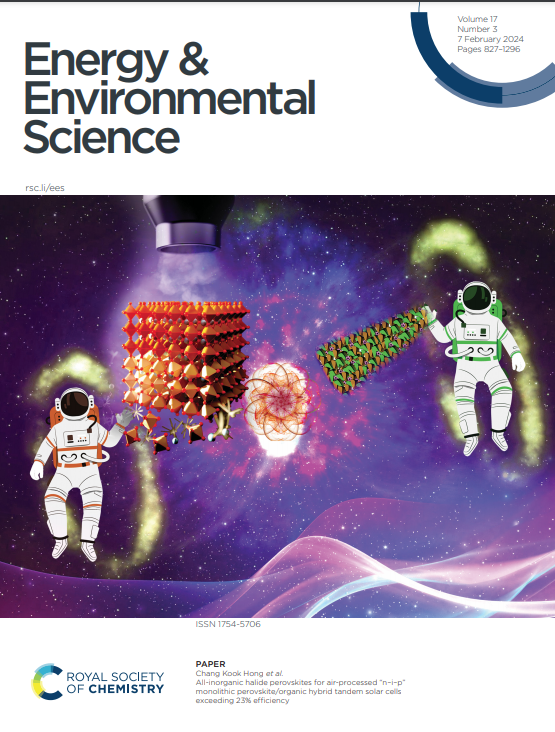Photothermal Catalysis: A Viewpoint from Exergy
IF 30.8
1区 材料科学
Q1 CHEMISTRY, MULTIDISCIPLINARY
引用次数: 0
Abstract
The field of photothermal catalysis has almost exclusively focused on understanding the kinetics of hot electrons from catalysts, but some aspects of the thermodynamics remain poorly understood. In this opinion article, we discuss the theoretical limits and thermodynamic mechanisms of photothermal catalysis, and identify prospective research directions, by developing an exergy balance model and taking the methane dry reforming reaction as an example. The balance between the needed and extracted exergies was found to provide a rational explanation for the striking observation that photothermal catalysis is not the simple summation of photo- and thermo-catalysis. As a result, the thermodynamic limiting efficiency and the corresponding conversion rate of the reaction are considerably enhanced at mild temperatures by photothermal catalysis compared with thermocatalysis, which is highly encouraging for the photothermal catalysis community. Furthermore, we analyzed the discrepancies between realistic limiting efficiencies and experimental demonstrations by using parameters that capture the non-idealities in the extraction of photon exergy. The analysis highlights the importance of reactor design for mild-temperature photothermal catalysis to achieve efficiency comparable to that of high-temperature thermocatalysis. This is a much less explored area that we encourage the community to turn their attention toward.光热催化:从火用学的观点
光热催化领域几乎完全专注于了解催化剂的热电子动力学,但热力学的某些方面仍然知之甚少。本文以甲烷干重整反应为例,建立了光热催化的能量平衡模型,讨论了光热催化的理论极限和热力学机理,并指出了光热催化的研究方向。发现所需和提取的火能之间的平衡为光热催化不是光催化和热催化的简单相加这一惊人的观察提供了合理的解释。结果表明,与热催化相比,在温和温度下,光热催化大大提高了反应的热力学极限效率和相应的转化率,这对光热催化界来说是非常令人鼓舞的。此外,我们分析了实际的极限效率与实验证明之间的差异,通过使用捕获光子火能提取中的非理想参数。分析强调了反应器设计对于实现与高温热催化相当的效率的重要性。这是一个很少被探索的领域,我们鼓励社区将注意力转向这个领域。
本文章由计算机程序翻译,如有差异,请以英文原文为准。
求助全文
约1分钟内获得全文
求助全文
来源期刊

Energy & Environmental Science
化学-工程:化工
CiteScore
50.50
自引率
2.20%
发文量
349
审稿时长
2.2 months
期刊介绍:
Energy & Environmental Science, a peer-reviewed scientific journal, publishes original research and review articles covering interdisciplinary topics in the (bio)chemical and (bio)physical sciences, as well as chemical engineering disciplines. Published monthly by the Royal Society of Chemistry (RSC), a not-for-profit publisher, Energy & Environmental Science is recognized as a leading journal. It boasts an impressive impact factor of 8.500 as of 2009, ranking 8th among 140 journals in the category "Chemistry, Multidisciplinary," second among 71 journals in "Energy & Fuels," second among 128 journals in "Engineering, Chemical," and first among 181 scientific journals in "Environmental Sciences."
Energy & Environmental Science publishes various types of articles, including Research Papers (original scientific work), Review Articles, Perspectives, and Minireviews (feature review-type articles of broad interest), Communications (original scientific work of an urgent nature), Opinions (personal, often speculative viewpoints or hypotheses on current topics), and Analysis Articles (in-depth examination of energy-related issues).
 求助内容:
求助内容: 应助结果提醒方式:
应助结果提醒方式:


